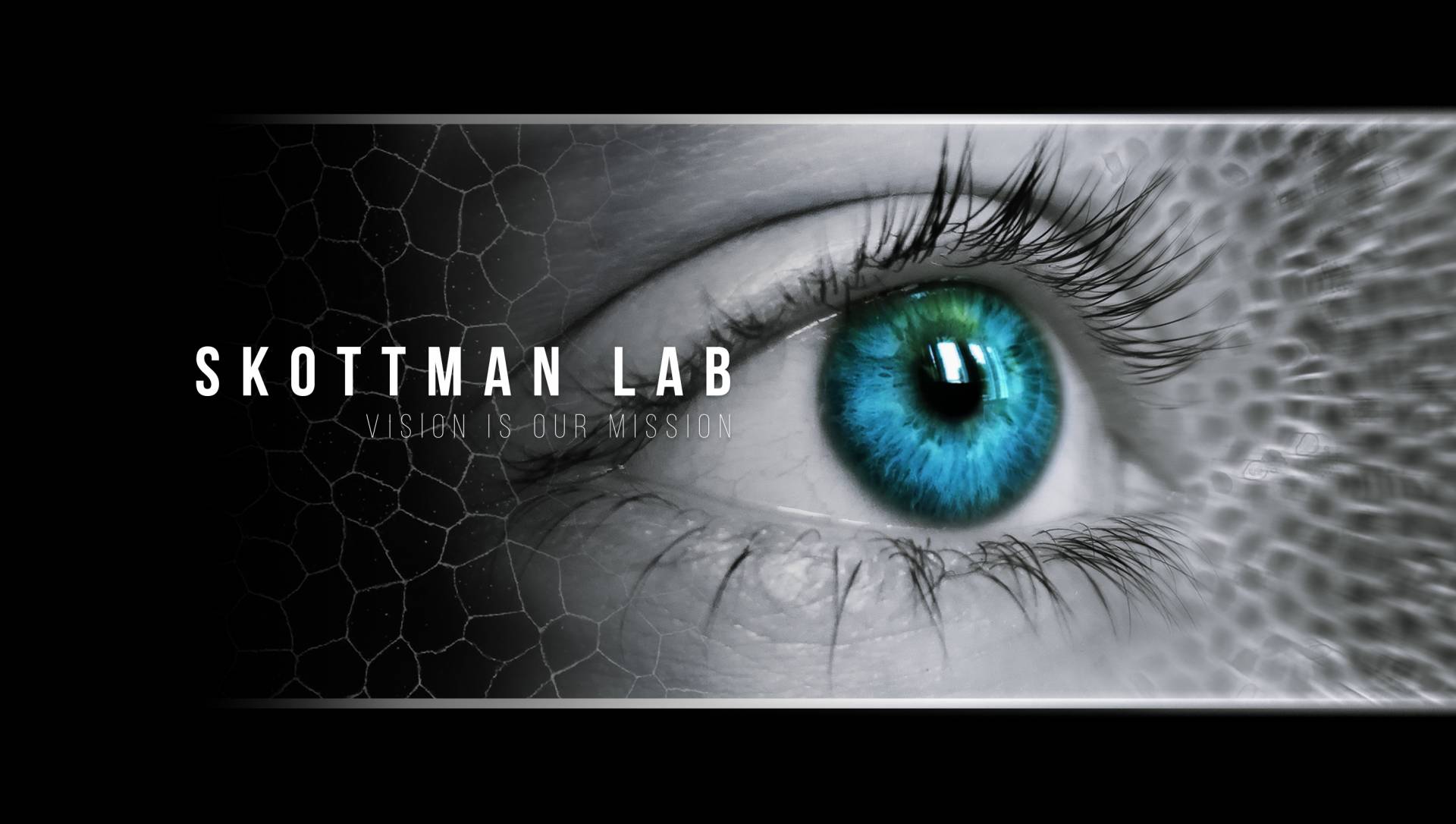
Cornea
One of our important discoveries in cornea research is a novel, efficient and reproducible method to differentiate limbal stem cells (stem cells responsible for corneal epithelial renewal in the healthy eye) from hPSCs, and the work related to their molecular and functional characterizations. In addition, we are currently developing methods to produce corneal endothelial cells and corneal stromal keratocytes also from hPSCs. Both cell types have high clinical potential and our long-term aim is to bring these cells towards clinical applications.
Retina
Retinal pigment epithelial cells (RPE) have several important functions for vision and we have demonstrated that hPSC-derived RPE cells resemble their native counterpart by having extensive pigmentation, RPE morphology and expression of RPE specific genes and proteins. These cells are shown to be functional with the ability to phagocytose photoreceptor outer segments in vitro, to form a fully maturated and highly polarized epithelium during prolonged culture, and to express functionally active proteins typical to RPE cells. We use this cell model for studying retinal diseases and we also continuously strive for developing our cell production technologies towards clinical applications.
3D Bioprinting
Our research group was the first to create parts of human corneas using 3D bioprinting technology, and to date, we have built on 3D bioprinting towards more complex multi-material solutions. Currently, we are developing this emerging technology with aim to 3D bioprint full-thickness human corneas based on human stem cells and innovative bioink solutions for therapeutic applications with fight against cornea blindness.
Discover our ongoing work in the EU-funded KeratOPrinter project coordinated by our team!
